Gonna Be An Engineer: Breaking Barriers In Music Production & Technology
This article originally appeared in the print version of She Shreds Issue #15, which was released in July, 2018.
On April 25th, 2018, Sadie Dupuis, of the bands Speedy Ortiz and Sad13, and She Shreds curated an evening of women who are breaking through barriers in music production and technology. The event took place at Sonos in New York City and included a panel discussion about different aspects of professional audio. The panelists included Emily Lazar (The Lodge Mastering), Natalie Hernandez (Death by Audio), Danielle DePalma (Bowery Ballroom), and Suzi Analogue (Never Normal Records); all people who Dupuis has either worked with or is a fan of. Panelists also broke out into smaller groups for hands-on workshops on pedal making, live sound engineering, self-production, and master engineering. With events like this, Dupuis hopes to create more support and access for women and non-binary folks who are working in the music industry, as well as those who wish to develop their interests in audio gear and equipment in a non-intimidating environment. She Shreds spoke with each of the featured panelists about their journey, favorite gear, and words of wisdom.
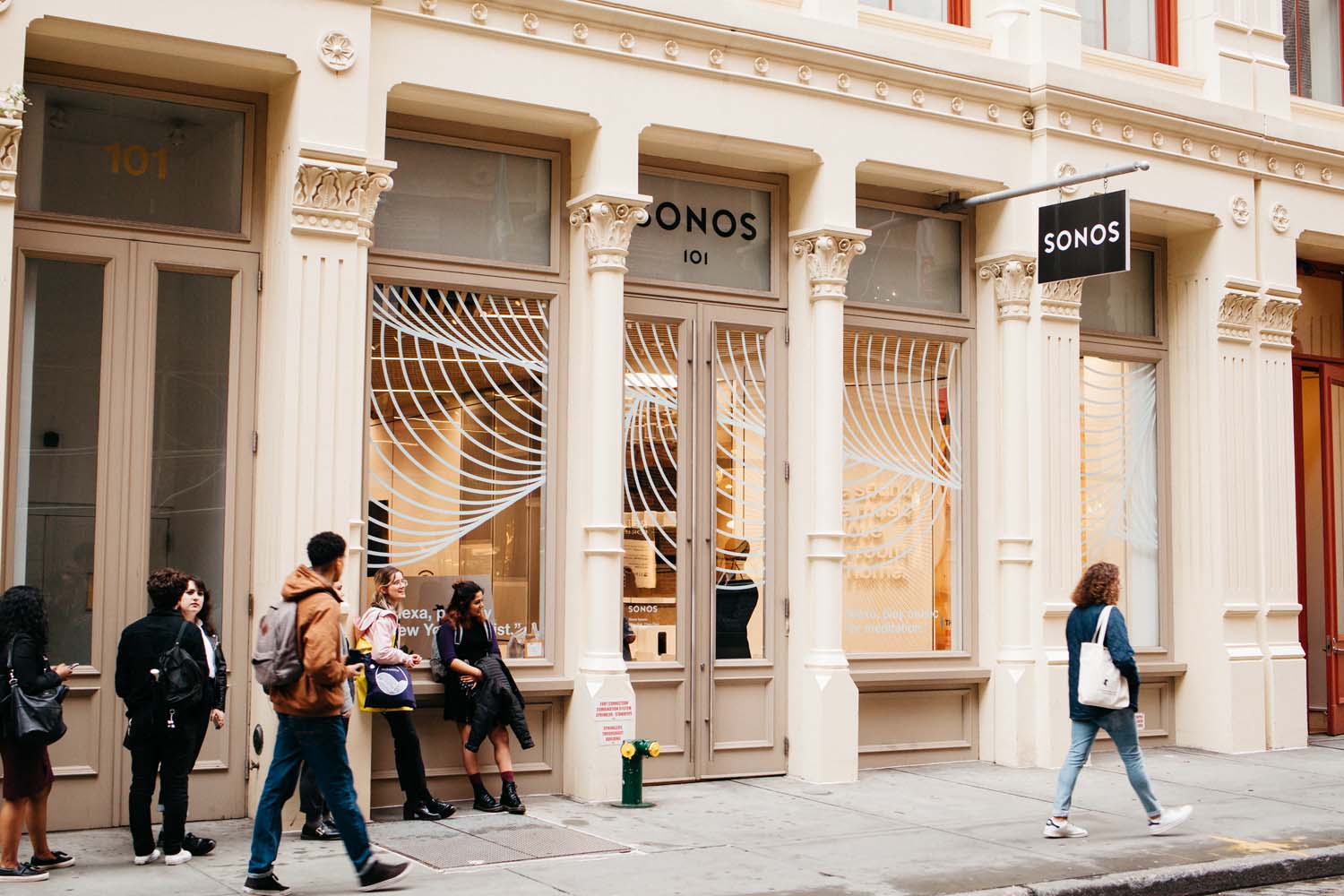
Danielle DePalma
Live Sound Engineer with Bowery Presents / Production Manager at Bowery Ballroom
As a teenager in New York City, Danielle DePalma snuck into 21+ shows to see her favorite bands by loading in gear, wrapping cables, and selling merch. This led her to study studio production at SUNY Purchase, where she was also the production manager for the Stood, a student run art and show space.
In 2013, the band Swearin’ invited DePalma to do sound at their Bowery Ballroom show opening for The Julie Ruin. She worked alongside Bowery staff, and shortly after was offered a job in production. DePalma started to see certain areas in which the Bowery could drastically improve, and now being the production manager she has implemented those changes, including a more diverse and hospitable staff, as well as equipment updates to enhance sound and safety.
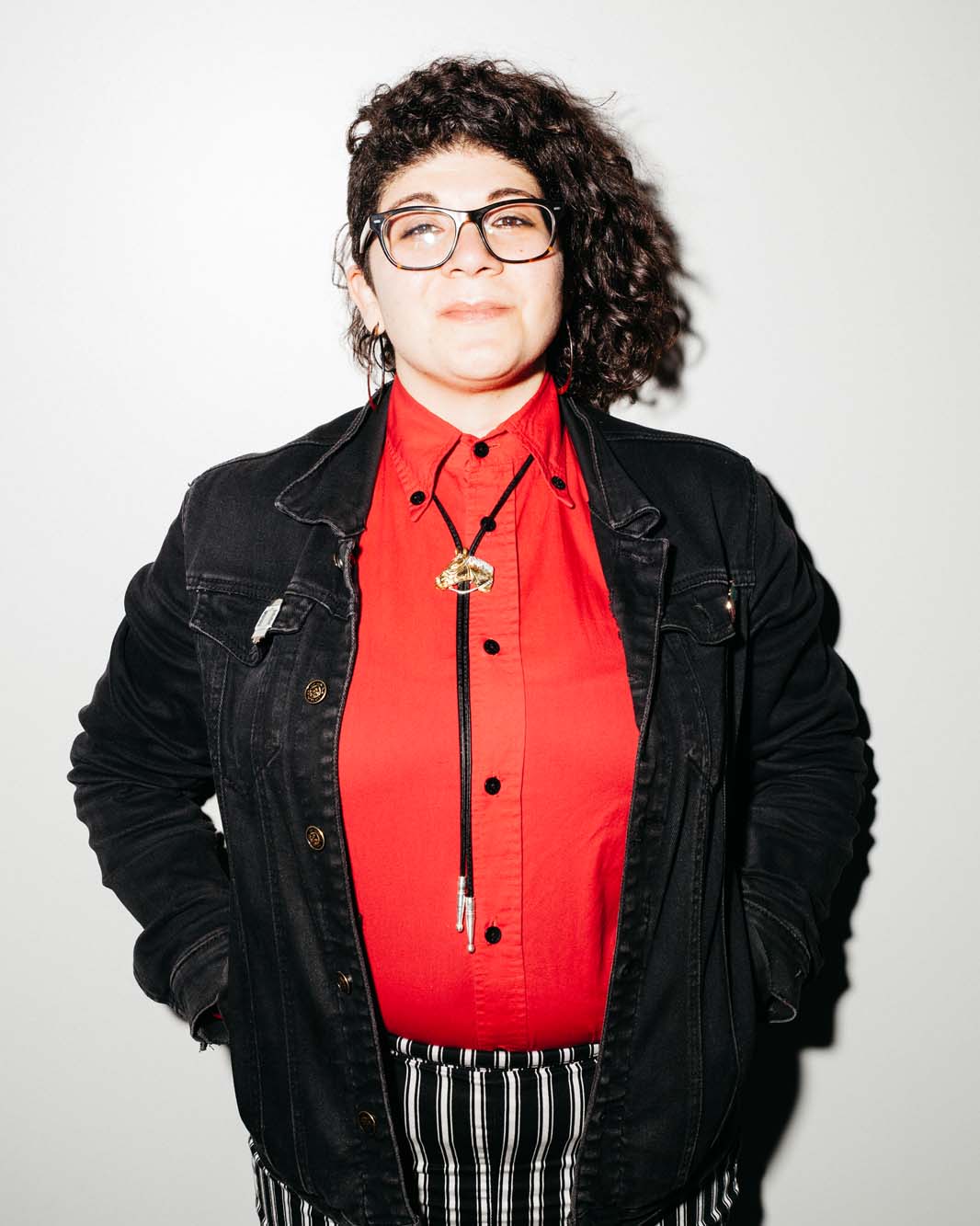
DePalma’s 15 years of experience has taken her in and out of many studios and venues, and also on the road touring with bands of all sizes who have different sound needs, such as Florence and the Machine, Glass Animal, Speedy Ortiz, and Sad13. This versatility has helped shape her approach: “There have been a lot of really hard tours and lessons that have been the most effective in the long run.”
But it hasn’t always been easy, especially when she hears countless stories of terrible interactions with sound engineers. For DePalma, these stories serve as catalysts to continue to change the landscape of the industry. She credits human connection as one of the most effective skills in understanding a band’s intention with their live performances and to help them fully express themselves.
DePalma advises beginners to get acquainted with the signal flow of live sound: “You’ll spend a lot of time troubleshooting what’s going where, and why sound isn’t coming out. Practice knowing what happens when you plug a microphone into certain inputs. What does the preamp do? What do X levels of equalization sound like?”
For those interested exclusively in live sound engineering, DePalma recommends practicing on a powered or small audio format mixer, like a Mackie or Yamaha analog mixer. “You’ll always use those for practice spaces, house shows, or any scenario where you’re trying to get your music out onto a performance stage.”
Now to get techy!
For the Front of House (FOH) at the Bowery Ballroom, DePalma uses a Midas Heritage 3000 mixing console, Smart Research C1 Bus Compressor, two Summit TLA 100A tube leveling amplifiers, a Summit DCL-200 dual tube compressor, and two Empirical Labs EL8 Distressor compressor/limiters.
For stage monitor control, the Bowery uses a DiGiCo SD12 mixing console.
For speaker systems and processing they use d&b audiotechnik and have four V10Ps and two V7Ps in LCR configuration alongside five V-SUBs (subwoofers) for their main FOH system. “The idea here being that when utilizing point source boxes, you can feel as though you are a part of the mix,” DePalma says. “Moving through the room, the panning follows the speakers, and also allows for a detailed mix perspective.” This is then supplemented with two Y10p front fills for the first two to three rows of the audience. They rely on d&b’s M6 cabinets for their 10 stage monitors, and supplement those with one B-SUB (directional subwoofer) and one Q-SUB (omnidirectional subwoofer) for applications where powerful low end reproduction is necessary on stage.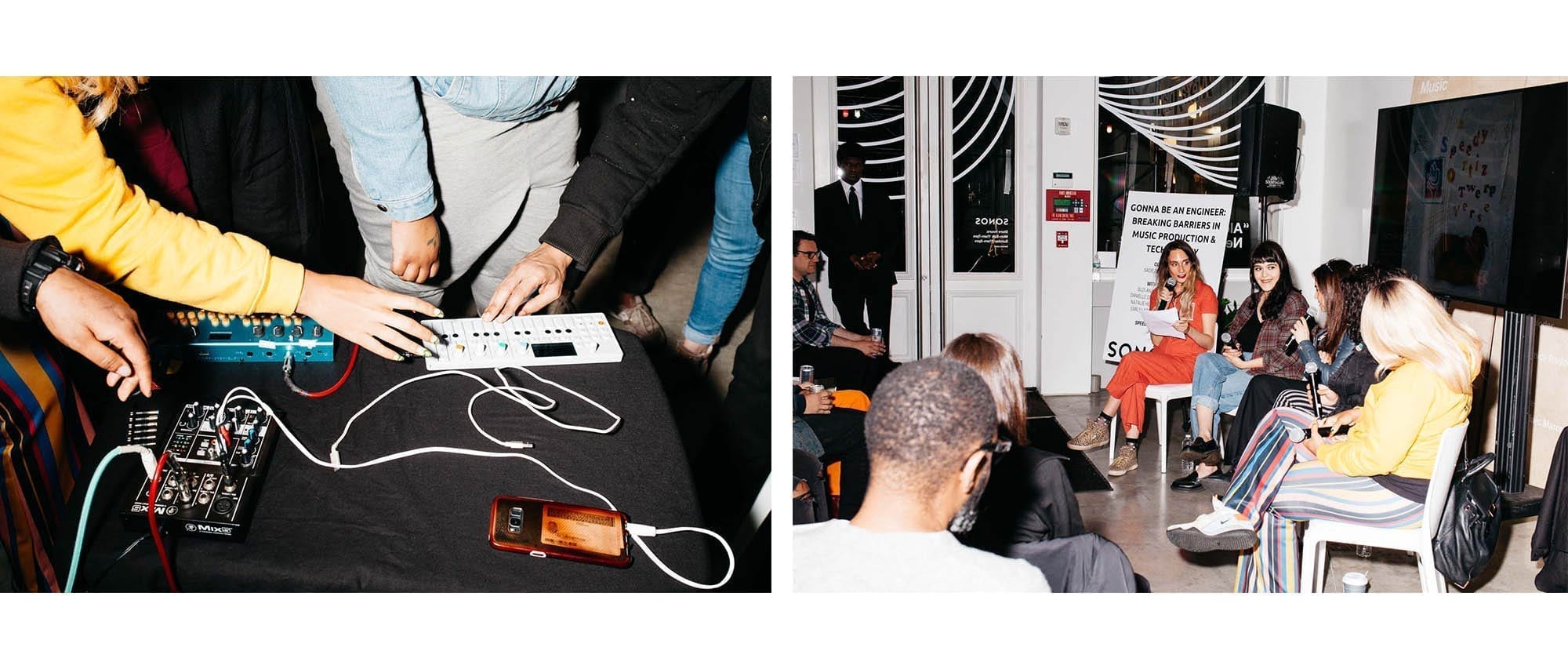
Natalie Hernandez
Pedal Maker and Electronics Engineer, Death By Audio
In her formative years, when something broke, Natalie Hernandez fixed it. If she didn’t know how, she’d watch her dad fix it or figure it out herself. She spent nights looking things up in books and on the internet, wishing she had role models she could reach out to. “It ends up that I don’t have a life, because I’m spending all of my time trying to learn new things,” she says. “But at the end of the day, it feels good to know.”
Hernandez went to school for engineering but dropped out in her third year because she wanted to work specifically in music and there wasn’t a lot of room for creativity in the programs being offered at the time. She started working as a bike courier and saved up to buy a soldering iron, which would completely change the course of her path. She had no idea what she was doing, but she kept learning and practicing. Eventually she attained a mentorship with Jeff Blenkinsopp at The Analog Lab, which now offers online tech mentoring courses.
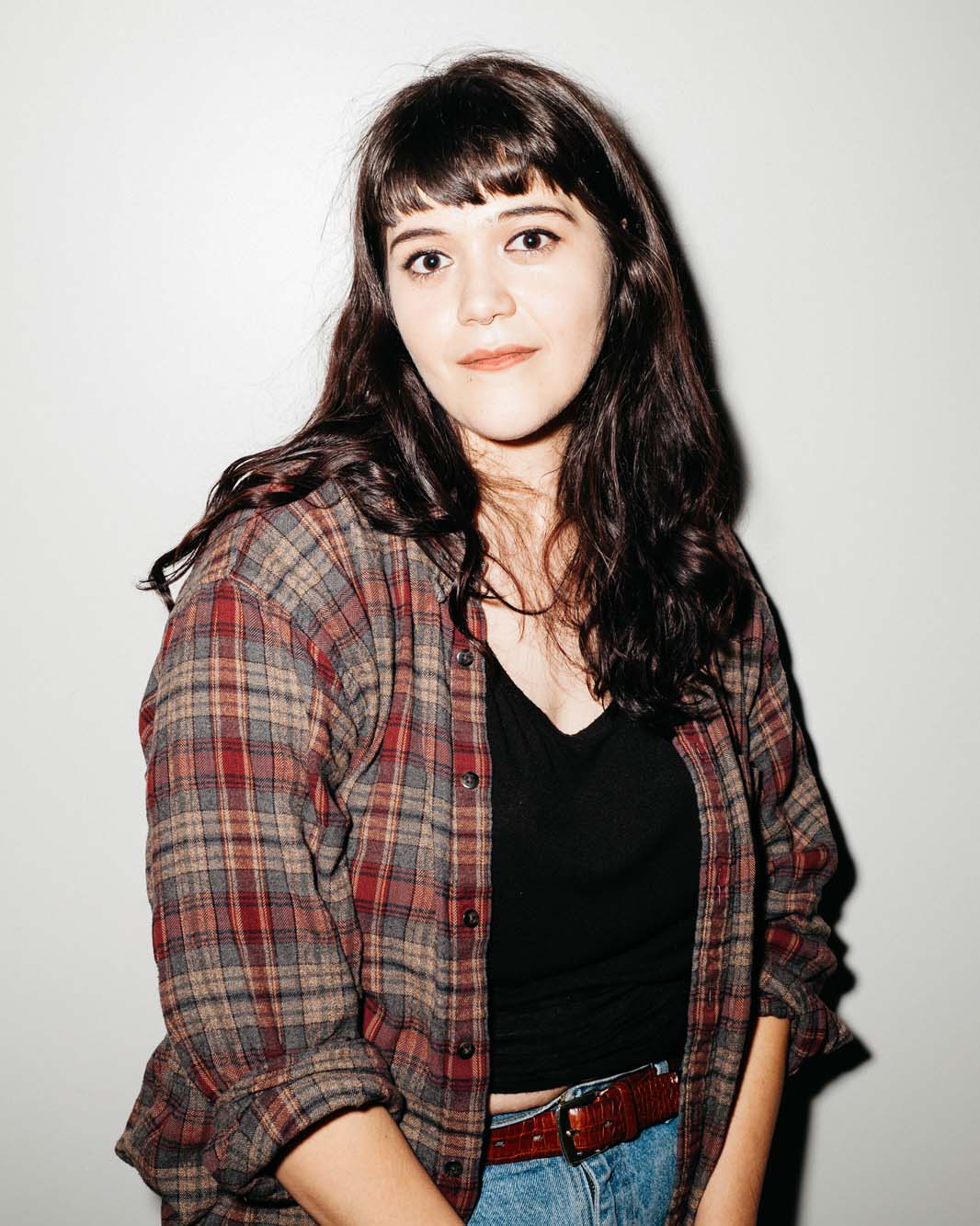
Today, Hernandez is an electronic technician specializing in repairs: maintenance, modifications, manufacturing, and cosmetic restoration of analog synthesizers and effects pedals at Death By Audio in Brooklyn, NY. One of her first serious restorations, and the project she’s proudest of, was a Minimoog Model D damaged with foam rot from being stored for 40 years. She restored everything from the electronics down to the woodwork and faceplate.
As a bassist, she can’t live without her black ‘70s Gibson Ripper. Despite being remarkably heavy and unwieldy, it is by far the coolest sounding bass she’s ever played: “When it comes to guitars, I value the importance of the way an instrument interfaces with the user; I don’t care how great something sounds, because if it doesn’t feel good or intuitive to play, then I find myself not really wanting to play it. That bass definitely makes you want to play it, even though on paper it seems an ergonomic mess.”
Hernandez’s favorite pedals change often because she’s constantly watching what companies are releasing, but lately she’s been impressed with the lineup Fairfield Circuitry has to offer, particularly their Shallow Water K-Field Modulator pedal. However, her all-time favorite pedal (which may be a little biased) is the Death By Audio Fuzz War. “Even though I always like trying all kinds of bass effects, I usually end up back with my Fuzz War. It’s my go-to pedal.”
Hernandez advises anyone who is interested in building and working on pedals to find a temperature-controlled soldering station and a multimeter, as well as general hand tools like diagonal cutters, wire strippers, and needle-nose pliers. Finding community is incredibly empowering as well, because when you inevitably get stuck, friends working on similar things can be supportive; there are hackerspaces and fixers guilds in almost every city. “The most important thing is to invest in yourself,” she says. “Give yourself permission to be bad in the beginning and not let that overwhelm you. It’s something we all feel no matter what the line of work is; it’s okay to not know, and it’s okay to ask questions.”
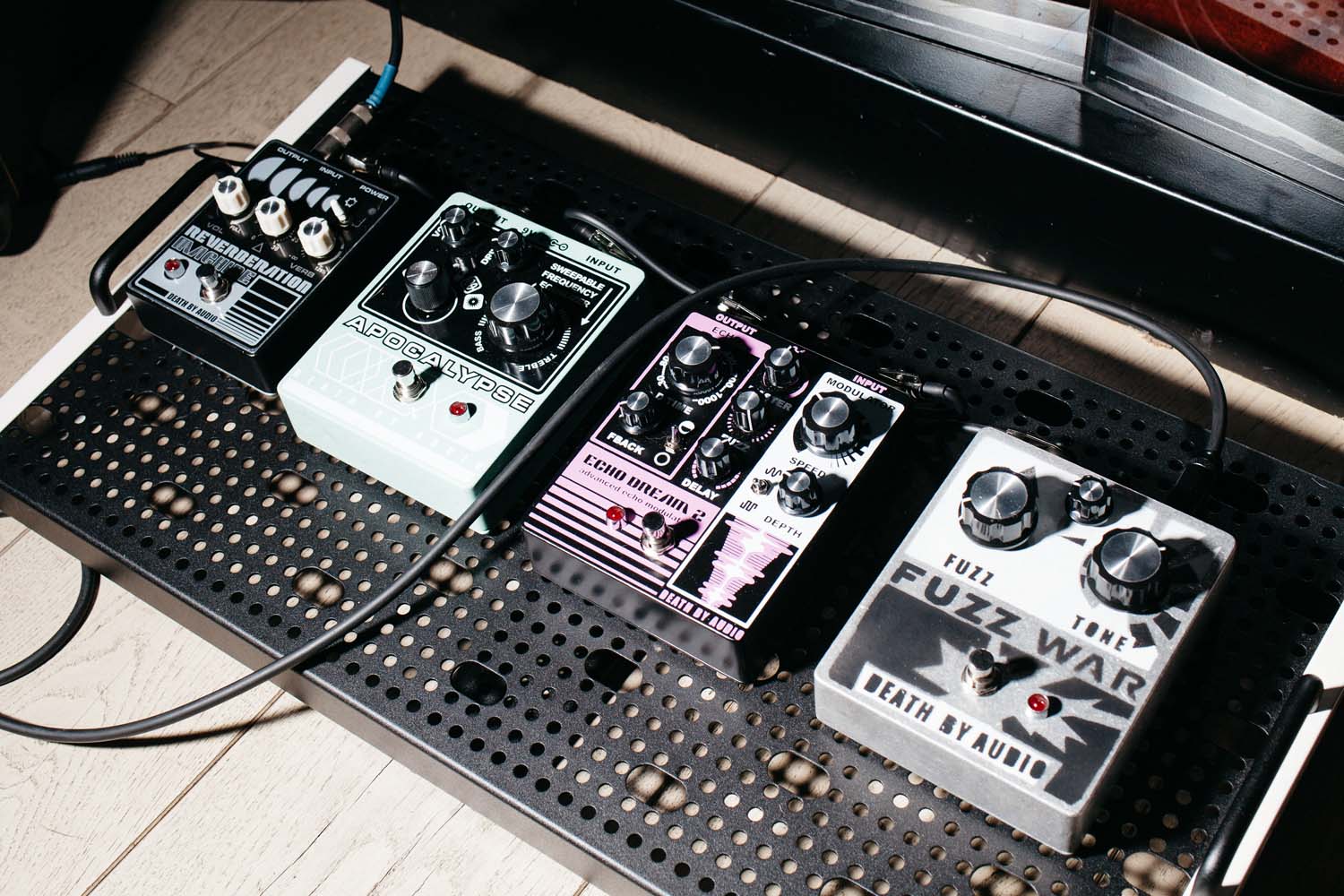
Suzi Analogue
Producer, Never Normal Records
Suzi Analogue is a rarity within modern day electronic music. She is a prolific singer-songwriter, beat maker, and founder of Never Normal Records. She draws from house, reggae, rap, and film to make conceptual music that amplifies her personal stories. She releases most of her music on cassette tape and vinyl.
When Analogue was younger, she was obsessed with figuring out how to get the music from cassette tapes onto computers. Her frustration with having no one to look to as a role model fueled her to take matters into her own hands. She devoted hours to researching how to get the sounds she wanted. This led to the purchase of her first piece of equipment that would empower her to create her signature sounds: an AKG Perception 200 condenser microphone, which she still uses today.
Despite her passion for learning about crafting sounds, it has been a very lonely experience for Analogue, which has served as a double-edged sword: “That’s the kind of isolation you need to become an expert. You need many hours by yourself; that is what propels us.”
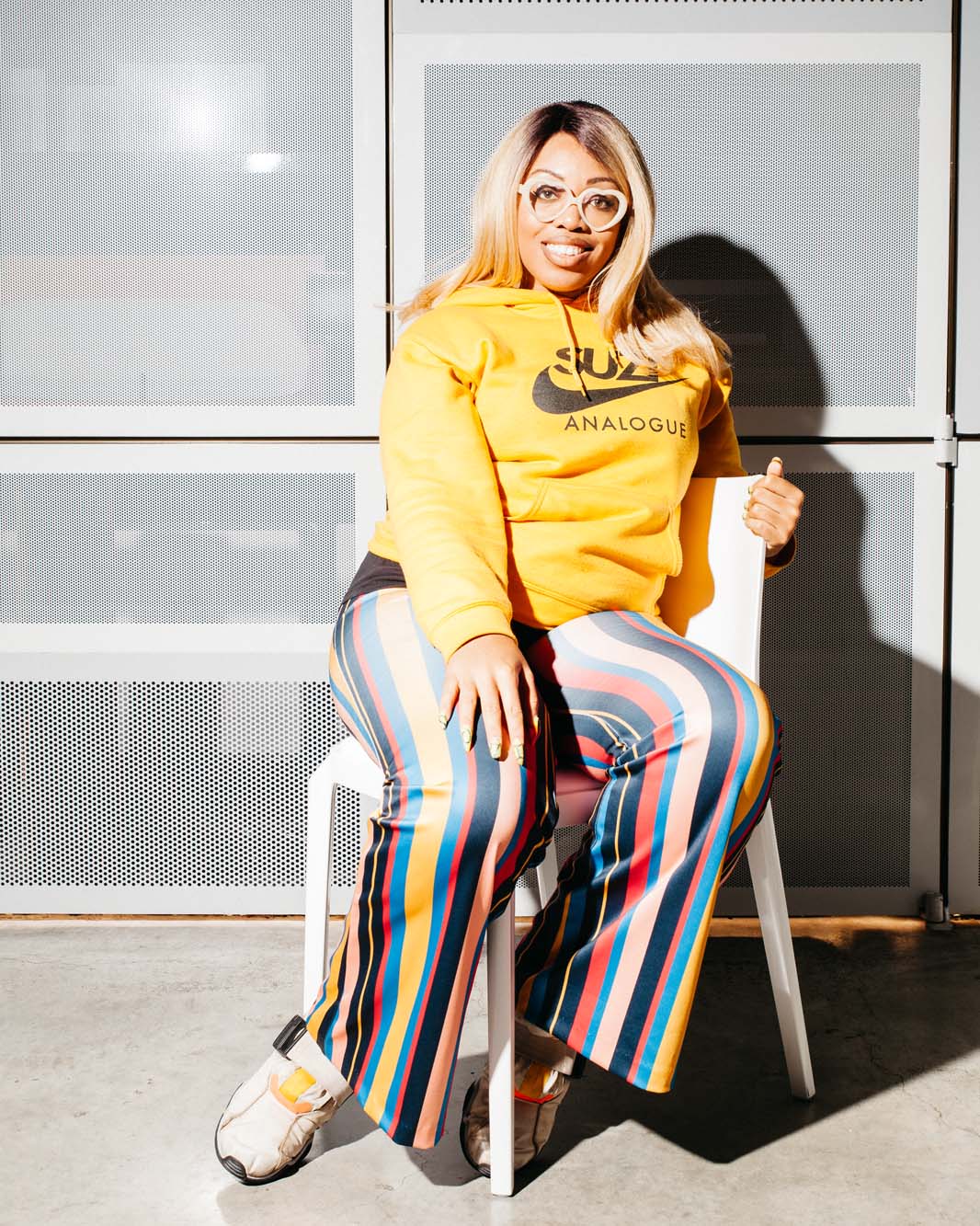
Analogue believes it’s important for women to invest in themselves and to take the time to learn and equip themselves with the tools they need. She cites jazz pianist, composer, record producer, and singer, Patrice Rushen of the Forget Me Nots, as a role model.
Growing up analog, and moving into the digital future, Analogue is most excited about the technological advancements that allow analog and digital to communicate with each other, providing the ability to quickly turn analog into digital pieces of information that can be spread to millions of people in an instant.
Analogue uses digital audio workstations like Ableton, Reason, Cakewalk, and Sound Forge. She loves that companies are thinking more about how the personal experience can be integrated with their programs: “I changed my Ableton skin to pink. It makes me feel great. I’m glad I live in a time where that’s possible, where I can insert my personal vibe into the technological experience.”
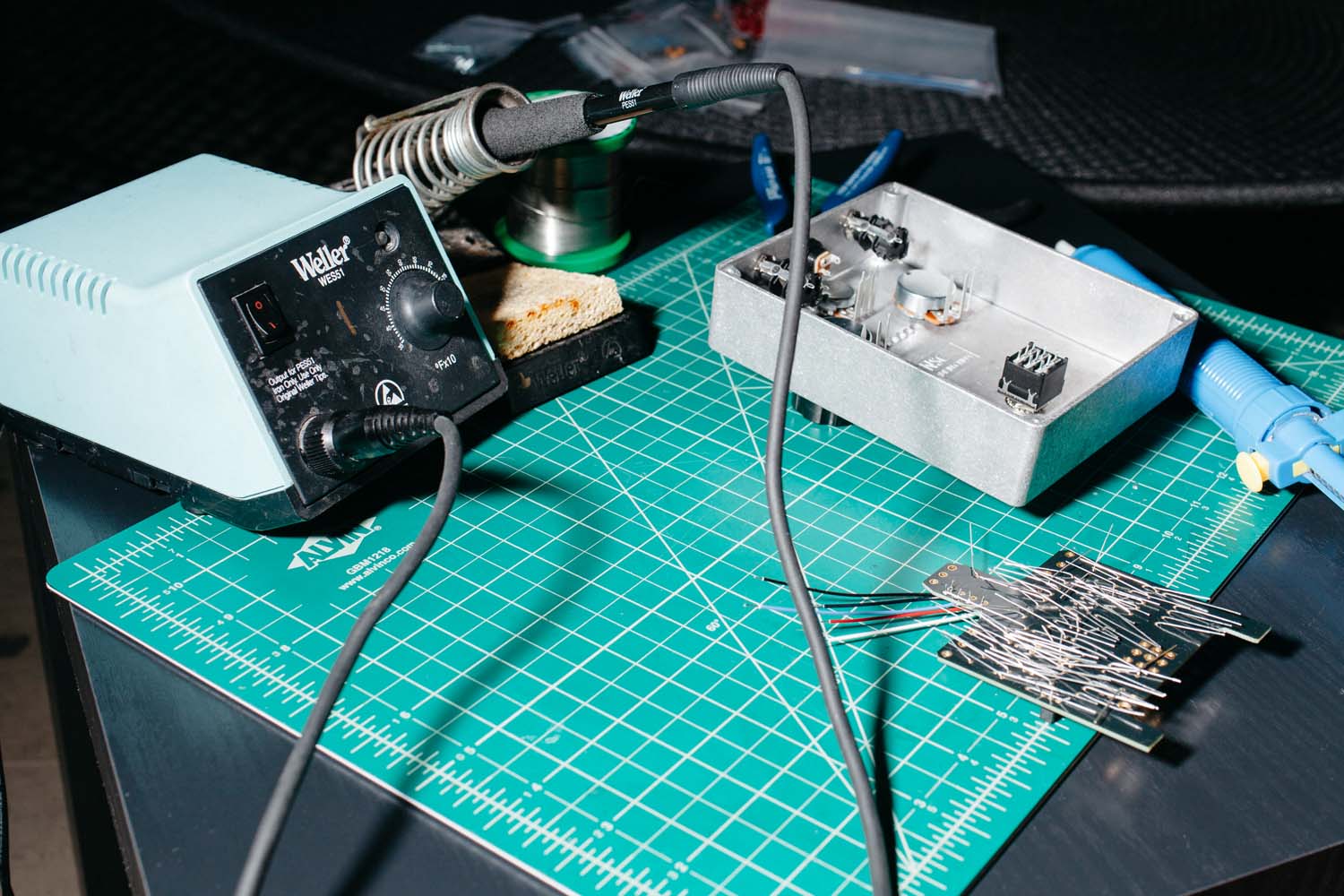
Emily Lazar
Mastering Engineer at The Lodge
Emily Lazar is a Grammy-nominated mastering engineer and founder of The Lodge, an audio mastering studio operating in New York City since 1997. She has worked with many notable bands including David Bowie, Foo Fighters, Sia, Against Me!, Haim, Barbra Streisand, Sleigh Bells, Sinead O’Connor, and Vampire Weekend. She has received much recognition for her mastering work and was highlighted in Elle Magazine’s “Women in Music Power List.”
Prior to creating The Lodge, Lazar was a singer-songwriter. She notes that there were hardly any women role models in audio during this time, and information wasn’t as readily available on the internet as it is now. “My need to solve audio puzzles came, oddly, from wanting to ‘see’ an audio picture that didn’t exist,” she says. This conundrum was the inspiration that moved her to earn a Master of Music degree from New York University.
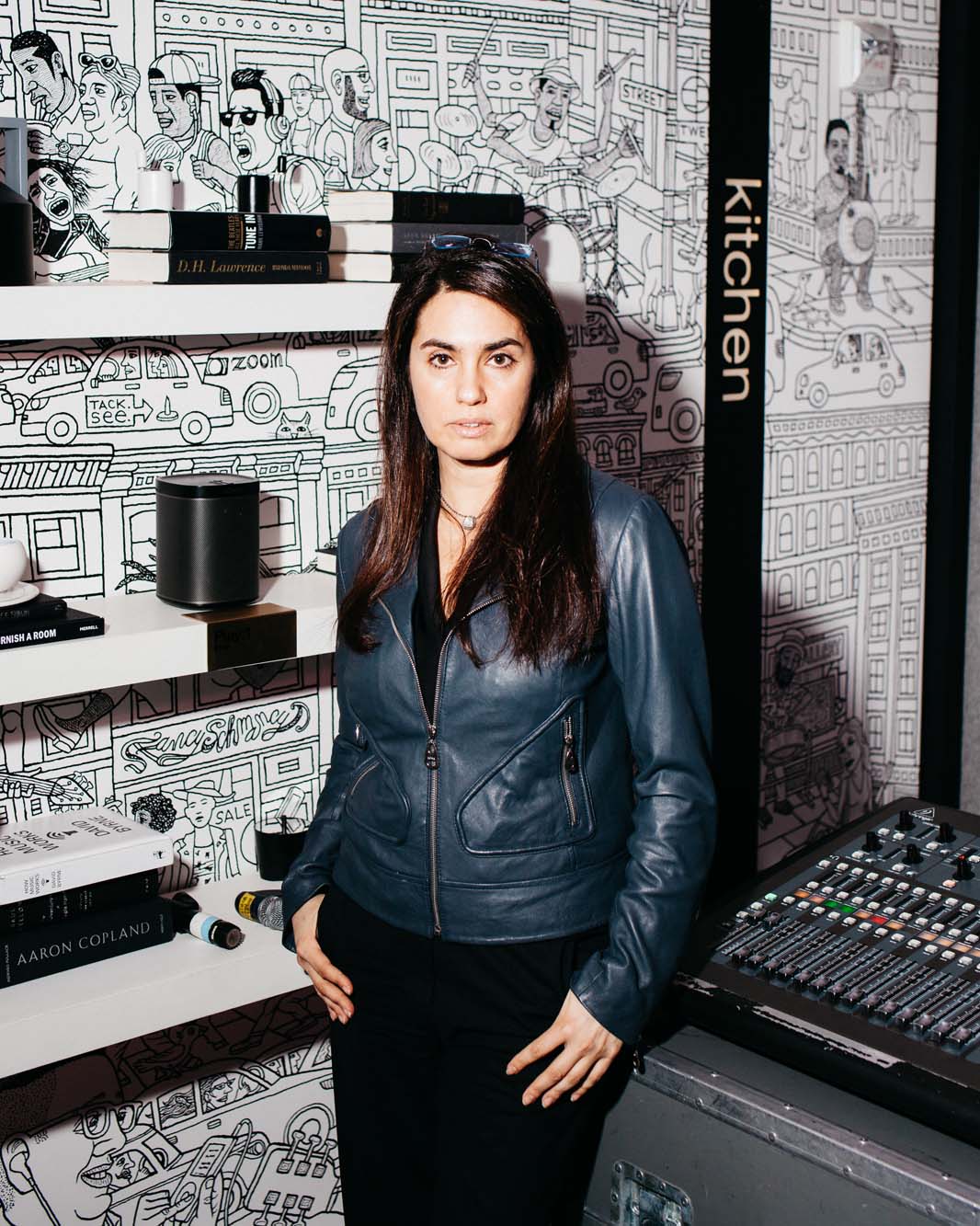
Mastering is the final step in the recording process that pulls all the pieces together to create a finished song or album. Lazar’s approach is to listen to the recordings of clients and visualize their potential. Not long ago, engineers were limited to left and right mixes, but now the ability to mix down to groups of tracks called stems allows more control over manipulating specific sounds. When listening to before and after recordings that Lazar has re-mastered, the songs transform from lackluster, off-balanced EQs to full-bodied audio experiences. She calls this transformation a “mix vs. mix on drugs.”
The equipment Lazar uses at The Lodge varies each day, ranging from both analog to digital. She has collected a tremendous amount of special vintage equalizers, compressors, limiters, and tape machines that she uses to “craft the signature sound for an album.”
A few of Lazar’s all-time favorite pieces of gear are made by Pultec, Avalon, Ampex, Shadow Hills, and Studer. She uses Pyramix and Pro Tools for The Lodge’s digital audio workstations furnished with hundreds of plug-ins, though she tends to regularly rely on plug-ins made by Universal Audio.
For those interested in being a mastering engineer, Lazar points out that “ear-training is invaluable” and suggests taking an ear-training course like Golden Ears, which offers online courses. Making an investment in the best speaker setup you can afford is equally important. In addition to gear and training, Lazar says, “The one thing I cannot replace is good people and collaborators; that’s how great records get made, by having good people around you. If you’re around toxic people, run!”
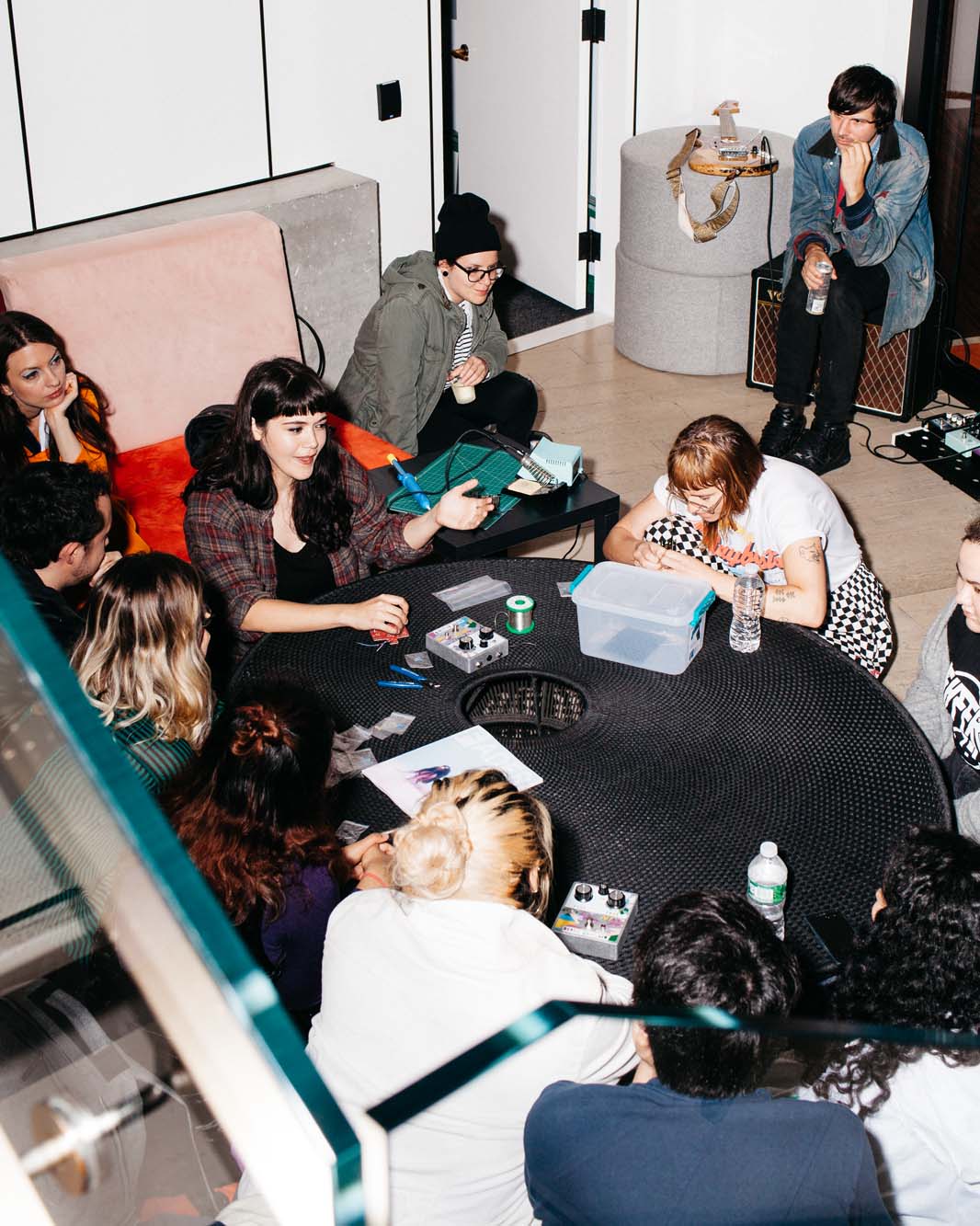
Sadie Dupuis
Musician, Speedy Ortiz and Sad13
Sadie Dupuis is a multi-instrumentalist, vocalist, and songwriter in the band Speedy Ortiz and solo project Sad13. She holds a Master of Fine Arts in poetry from the University of Massachusetts Amherst and has written for publications like Spin and Nylon. Dupuis is an advocate of creating visibility and support for women in music and has been involved with Buck’s Rock Performing and Creative Arts Camp, Girls Rock Camp, and many panels and workshops centered around empowering women in the music industry.
“There are tons of kind, wonderful, and brilliant men working in audio,” says Dupuis. “But when so much of it is monopolized by one gender identity, female and non-binary musicians are stereotyped as ignorant, even when we’re just as capable of making decisions about our tone, our production, and our equipment. It’s hard for us to find role models and mentors that we see ourselves in. Musicians and our fans are diverse—we need the STEM side of music to be that way, too.”
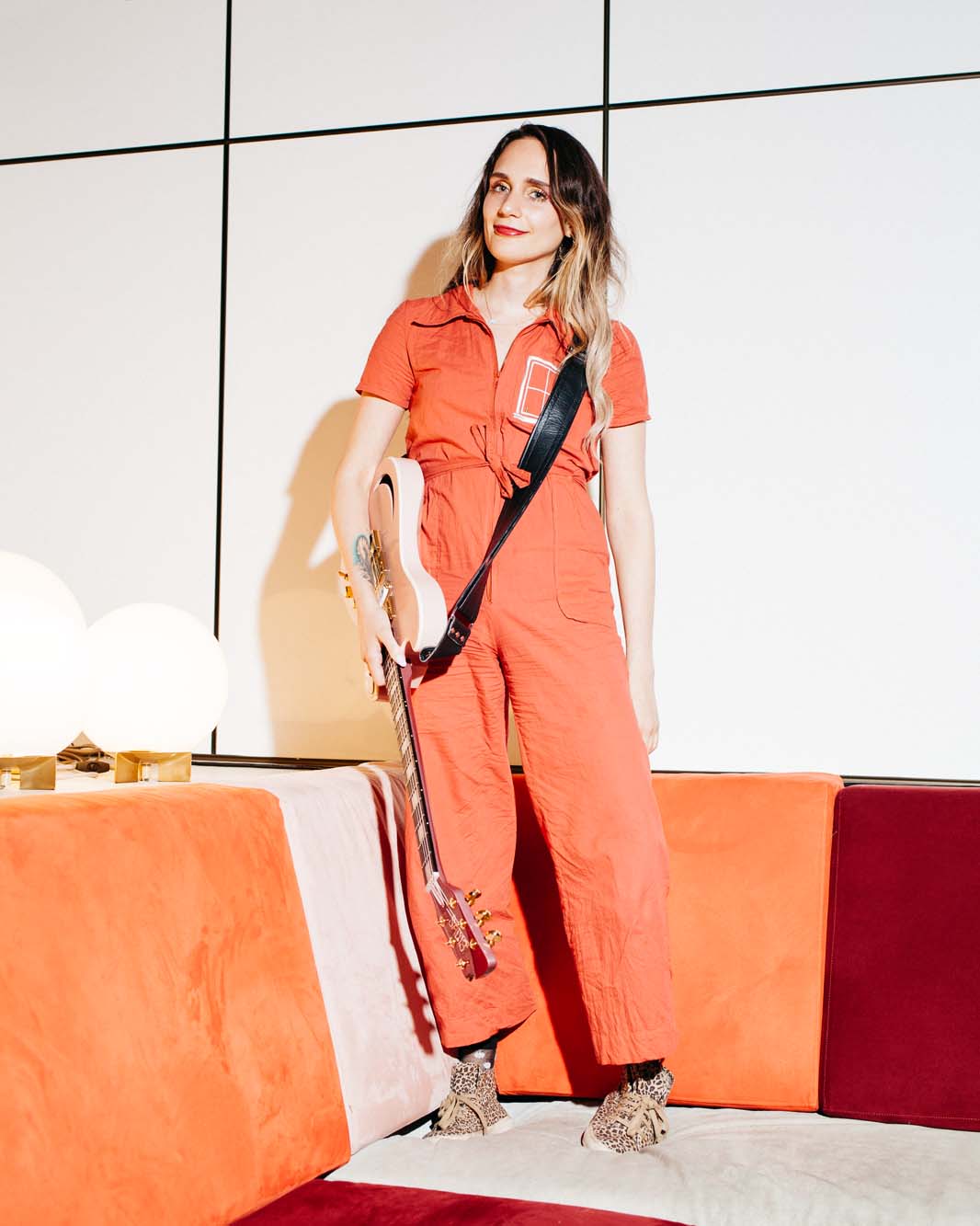
Dupuis’s gear setup changes depending on whether she’s performing with Speedy Ortiz or Sad13. She rotates pedals on her pedalboard, but her main staples are made by women: Catalinbread’s Callisto chorus/vibrato and EarthQuaker Devices’ Dispatch Master reverb and Monarch overdrive. She uses Twitter as a tool to crowdsource information about other women gear makers so she can continue to support and buy their products.
With Sad13, Dupuis uses a lot of electronics and fluctuates between performing solo and as a four-piece, bringing in a supporting band of all women. In addition to playing guitar, she also plays synth and uses preprogrammed synths and drum machine tracks on Ableton using an Akai controller. She uses a TC-Helicon VoiceLive Touch 2 to manipulate her voice. And when she has a free hand, she likes to bang around a tambourine.
Dupuis encourages women to make video reviews of gear they love so that others can see how they work. She suggests making dates with fellow musicians to try each other’s gear, and also asking questions on the She Shreds Gear Forum on Facebook.
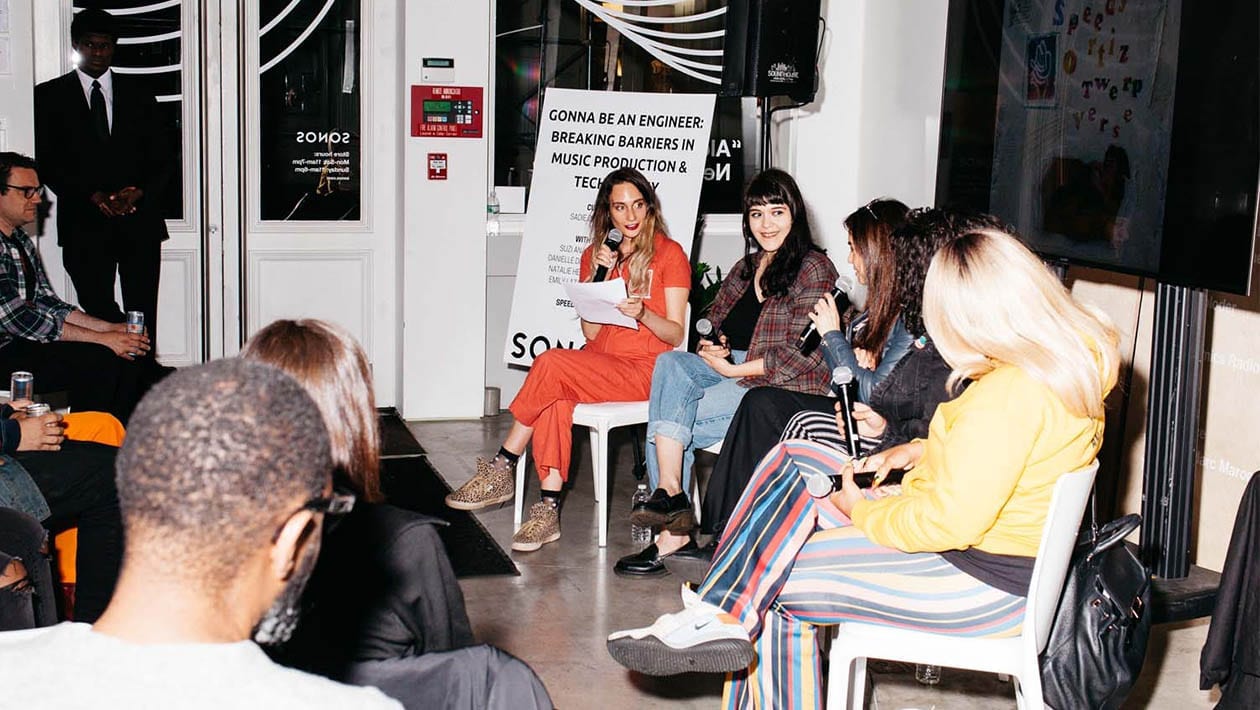

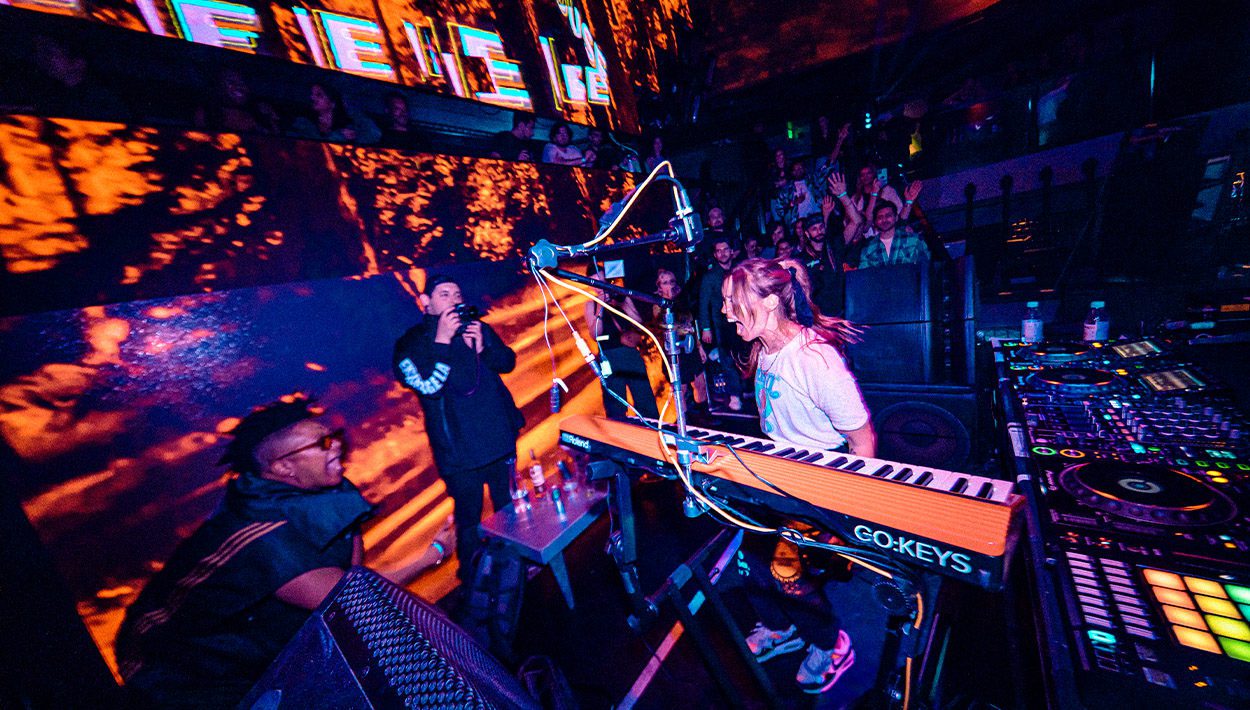
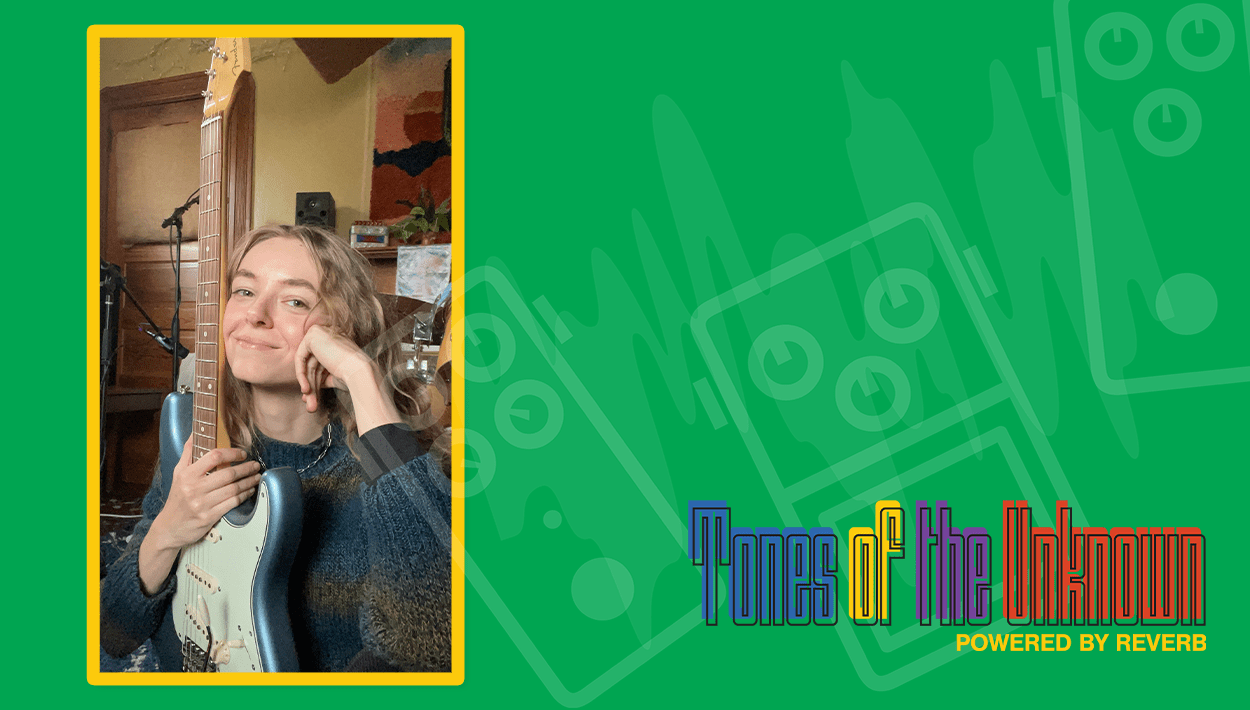
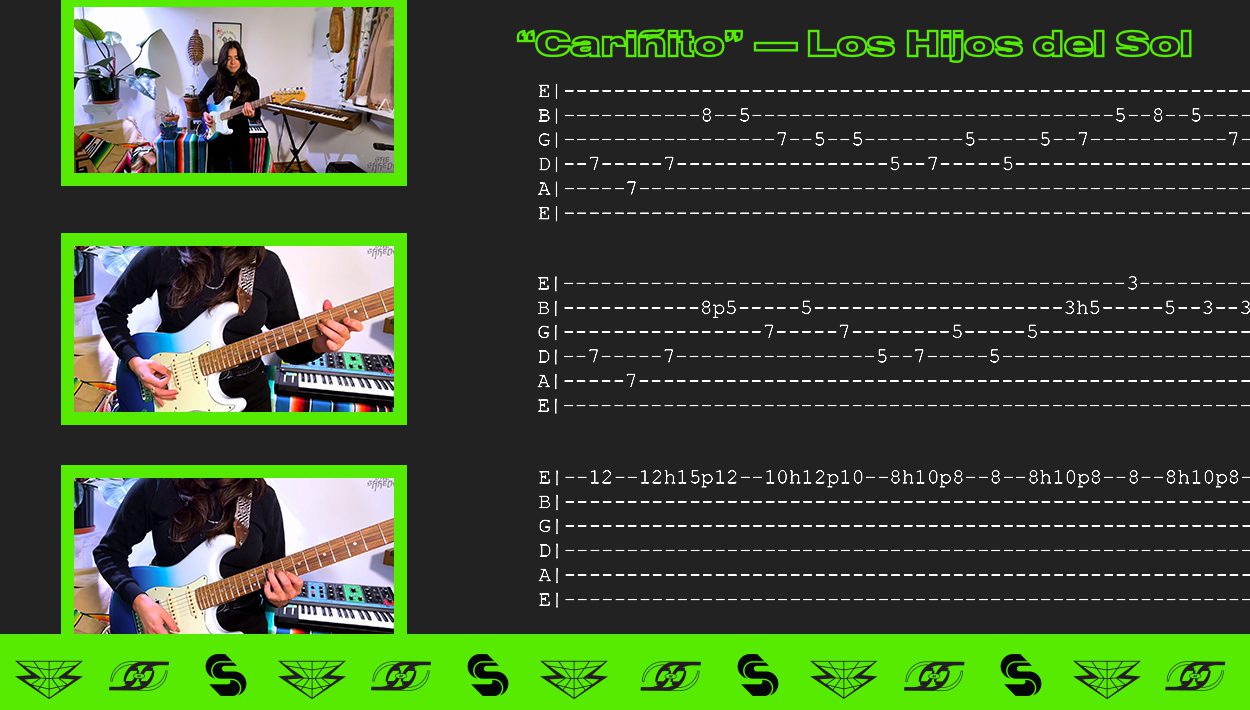
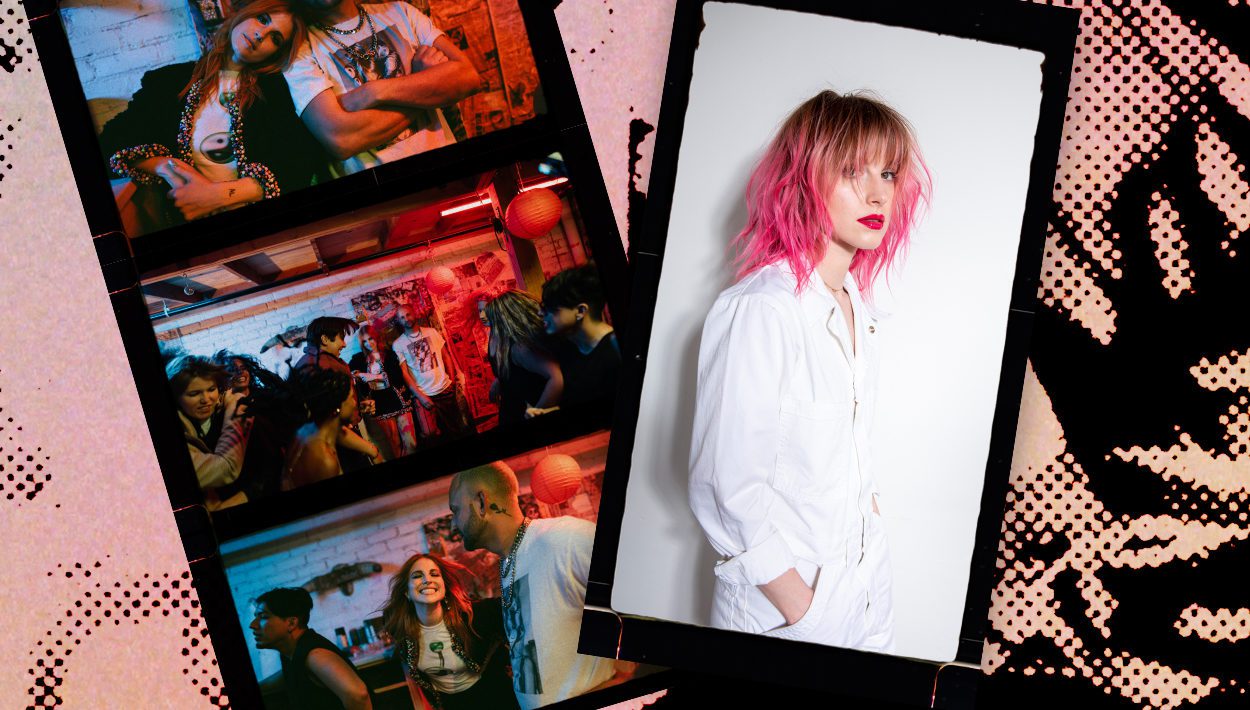


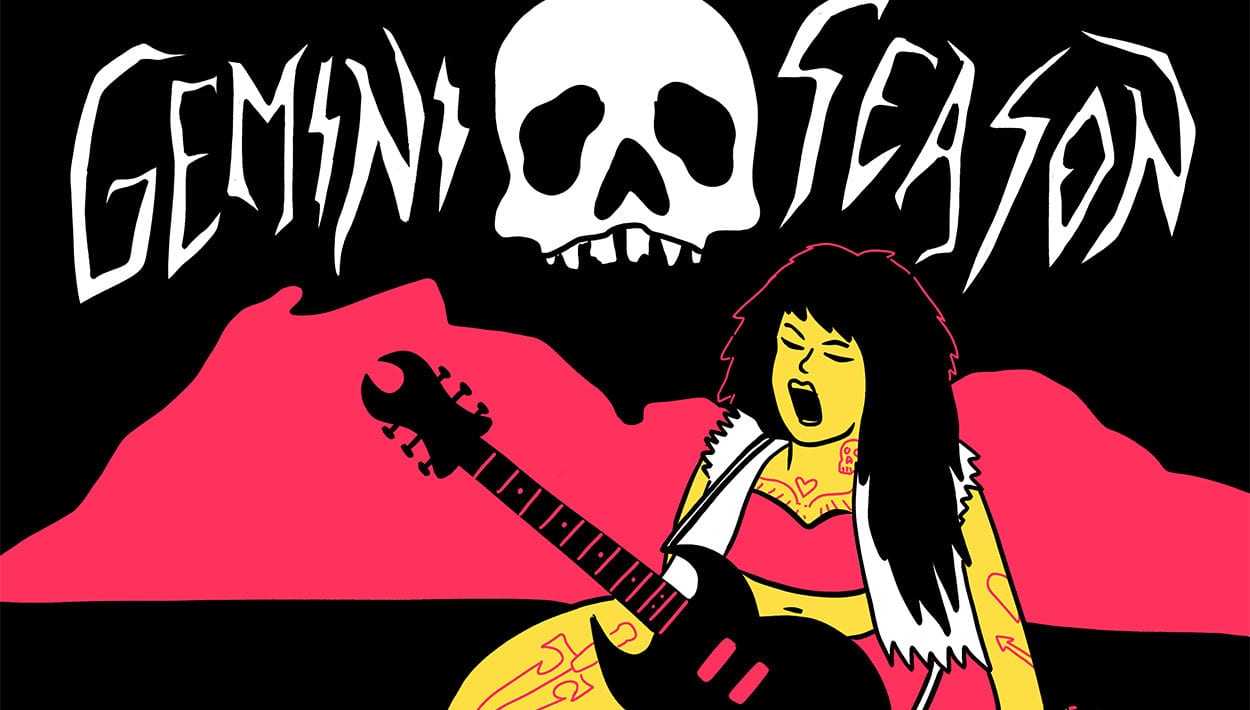

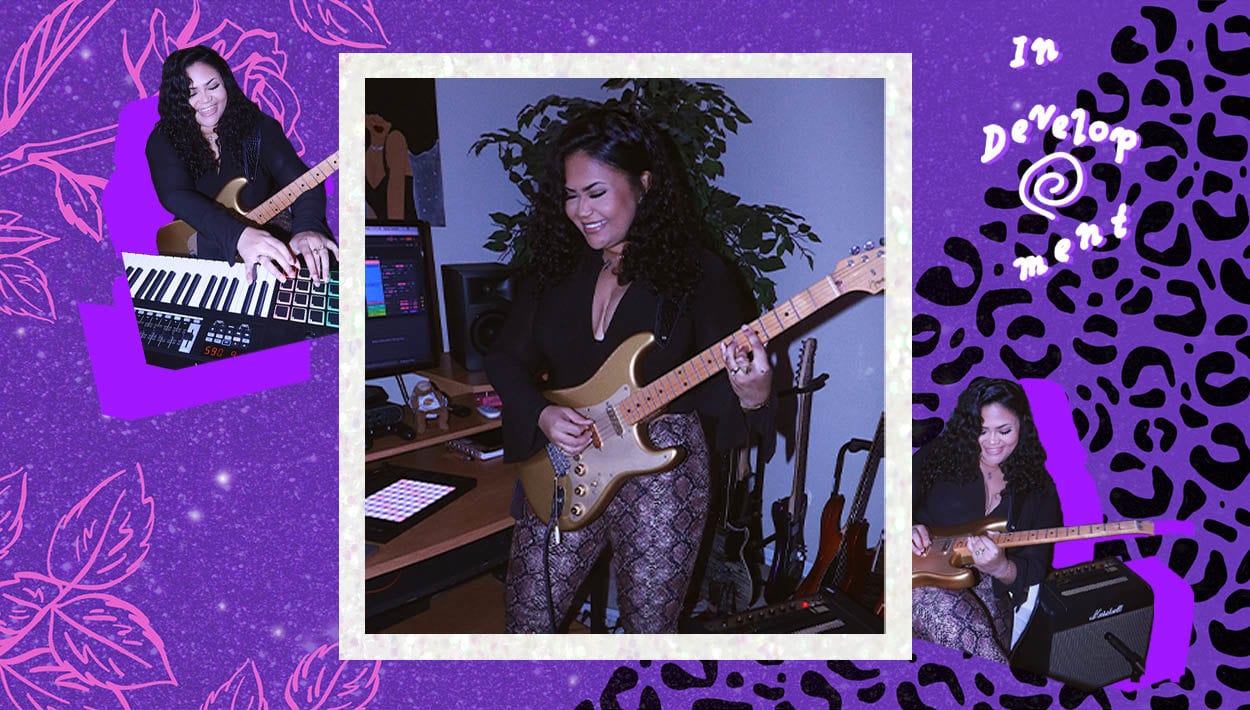
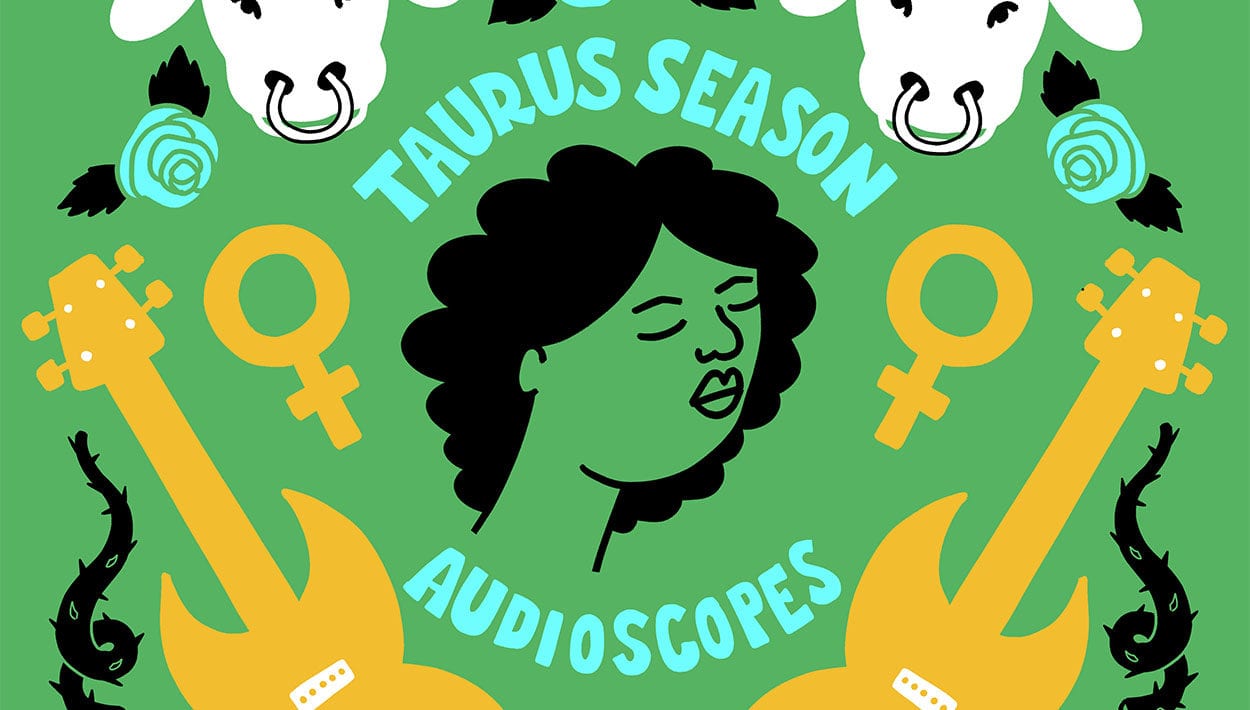


Comments
[…] including Illuminati Hotties’ Sarah Tudzin, Erin Tonkon, and Maryam Qudus. Dupuis recalls a panel she hosted for Sonos speakers and She Shreds magazine in 2018: “The whole point of it was highlighting the […]
Pingback by Sadie Dupuis on the Eerie Tale of ‘Haunted Painting’ on September 27, 2020 at 4:11 am[…] including Illuminati Hotties’ Sarah Tudzin, Erin Tonkon, and Maryam Qudus. Dupuis recalls a panel she hosted for Sonos speakers and She Shreds magazine in 2018: “The whole point of it was highlighting the […]
Pingback by The Eerie Tale of Sad13’s ‘Haunted Painting’ on September 27, 2020 at 4:45 pmThank you for the charming article, I am an engineer of aerospace systems, I accept orders for the development of aerospace systems, ships on the Engre.co engineering market and I want to say that if you read books about space pirates as a child, and now your favorite films are Interstellar and The First in space “.
Comment by Alex Maddyson on August 25, 2021 at 2:16 amYou have an excellent memory, analog thinking, a penchant for the exact sciences, and almost perfect English and you also love drawing, and instead of computer games you installed AutoCAD, then you will not have obstacles in engineering, and you can easily become an engineer.
Cool article with real human lives! I liked that the heroes were able to find things for the soul and continue to develop in it. I wanted to become an engineer myself, but I wanted more practice and creativity too. To do this, I used https://gradesfixer.com/free-essay-examples/technology/ to write most of my theoretical assignments with the help of professional writers who know how to write a quality and fast work on any topic. This allowed me to spend less time on boring tasks and pay more attention to the things that really interest me and I want to do them.
Comment by Daniel on December 9, 2021 at 10:10 am